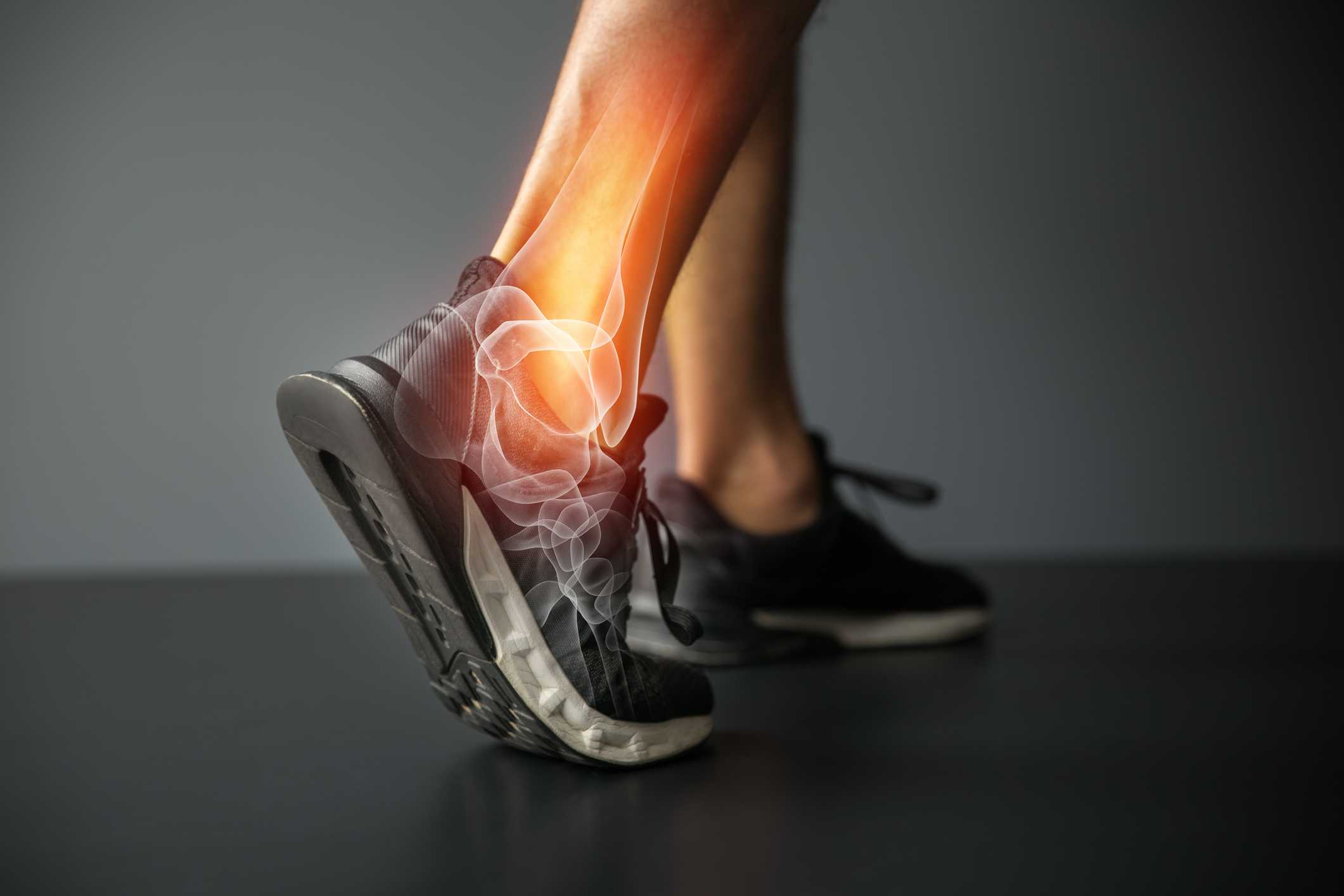Joint pain can be felt in multiple parts of the body. Age, weight, previous injuries, overuse and other medical conditions can all be factors of joint pain.What are the most common reasons of joint pain? The maximum common reasons of chronic pain in joints are:
· Osteoarthritis, a commonplace kind of arthritis, happens over time when the cartilage, the protective cushion between the bones, wears away. The joints become painful and stiff. Osteoarthritis develops slowly and normally happens at some stage in middle age.
· Rheumatoid arthritis is a chronic disorder that causes swelling and pain inside the joints. Often the joints turn out to be deformed (generally occurring in the arms and wrists).
· Gout is a painful situation wherein crystals from the frame gather in the joint, causing severe pain and swelling. This generally occurs within the huge toe.
· Bursitis is resulting from overuse. It is also located inside the hip, knee, elbow, or shoulder.
· Viral infections, rash, or fever might also make joint motion painful.
· Injuries, such as broken bones or sprains
· Tendinitis is an inflammation of the tendons, or the flexible bands that join bone and muscle. Its miles commonly visible inside the elbow, heel, or shoulder and are typically as a result of overuse.

THE AYURVEDIC VIEW FOR JOINTS PAIN
Ayurveda identifies two important kinds of joint problems. The first kind is related to poorly-nourished joints or low bone density and general weak spot within the joints. This sort of problem begins with some discomfort, a cracking sound, and if not taken care of, consequences in eventual immobilization of the joints. because the bone isn’t getting the nourishment it needs, it starts to degenerate. the second one kind is related to a toxins overload within the joints, and is the end result of too many toxins in the body. As ama (the sticky, poisonous waste made of incomplete digestion) accumulates in the joint, it first creates stiffness and heaviness. If it stays there for a long term, the joint can turn out to be swollen and painful. Damp, cold weather can worsen this type of joint pain.
Vata-Related Joint Problem
When Vyana Vata, that’s the element of Vata that governs the circulate and nerve impulses, is increased, the primary form of joint problem can occur. The man or woman’s movement, metabolism, and potential to absorb food are weakened; as a result, the bone tissue does not receive enough nourishment and ultimately starts to degenerate. The imbalance in Vyana Vata and the weakened stream, metabolism and absorption create a drying effect on Shleshaka Kapha, the subdosha of Kapha that governs lubrication of the joints. when this occurs, the joints aren’t lubricated properly and this creates the soreness, cracking sound, and diminished flexibility.
Ama-Related Joint Problem
This 2nd form of joint problem is certainly a problem of ama (digestive toxins) inside the joints, and is characterized by means of a heavy, stiff feeling. If ama is not dissolve and it deposit in the joints for a long term, in the end the ama converts to amavisha, a fair extra toxic form of ama this is greater hectic and reactive in nature. Amavisha causes the joint to infected, swollen, and painful. in this sort of surroundings, ama also mixes with the natural lubricating fluids within the joint ruled through Shleshaka Kapha, forming a really sticky, toxic substance known as shleshma. Shleshma restricts mobility and disturbs movement inside the joint. If the ama, amavisha and shleshma stay in the joints unattended to for a long time, eventually the structure of the joints and the bone itself turns into damaged. as soon as these morphological modifications happen to the joint and bone, it becomes extremely difficult to correct.
AYURVEDA TREATMENT FOR JOINTS PAIN
· Vasti or Medicated Enema: Vasti aims at removing toxins and waste products from the body through the colon. In this thrrapy , it cleanses the digestive channels and improves circulation of air or the vatta dosha in the body. With better circulation, joint pain is effectively reduced. An enema also nourishes the body and gives it the strength to rebuild tissues while boosting the immune system.
· Abhyanga or Full Body Massage: This therapy helps I the removal of toxins from deep tissues within the body. It pacifies the vatta and nourishes the body while simultaneously reducing stress and enabling better quality sleep. A full body massage also ensures cools the body both physically and mentally.
· Potli or Poultice Massage: As the name suggests, a potli involves massaging the body with medicated herbs tied together in a small bundle that has been warmed with medicated oils. This potli is then used to massage the full body. This technique helps relax the muscles of the body and soothes the aggravated vatta dosha. It is very effective when it comes to providing relief from joint pains caused by arthritis, spondylitis, muscle cramps etc.
· Pizhichil or Rich Oil Massage: A rich oil massage involves to the body with streams of lukewarm oil that has medicinal properties while massaging the body. This type of massage helps relieve tension and stress and is a very effective remedy against joint pains. It is highly recommended in the case of rheumatic diseases.
· Swedana or Steam Bath: A steam bath helps cleanse the body both physically and mentally by aiding in the removal of toxins through sweat and calming the mind. It also helps soften the muscles and tissues and dilates the channels in the body. If you wish to discuss about any specific problem, you can consult an Ayurveda.